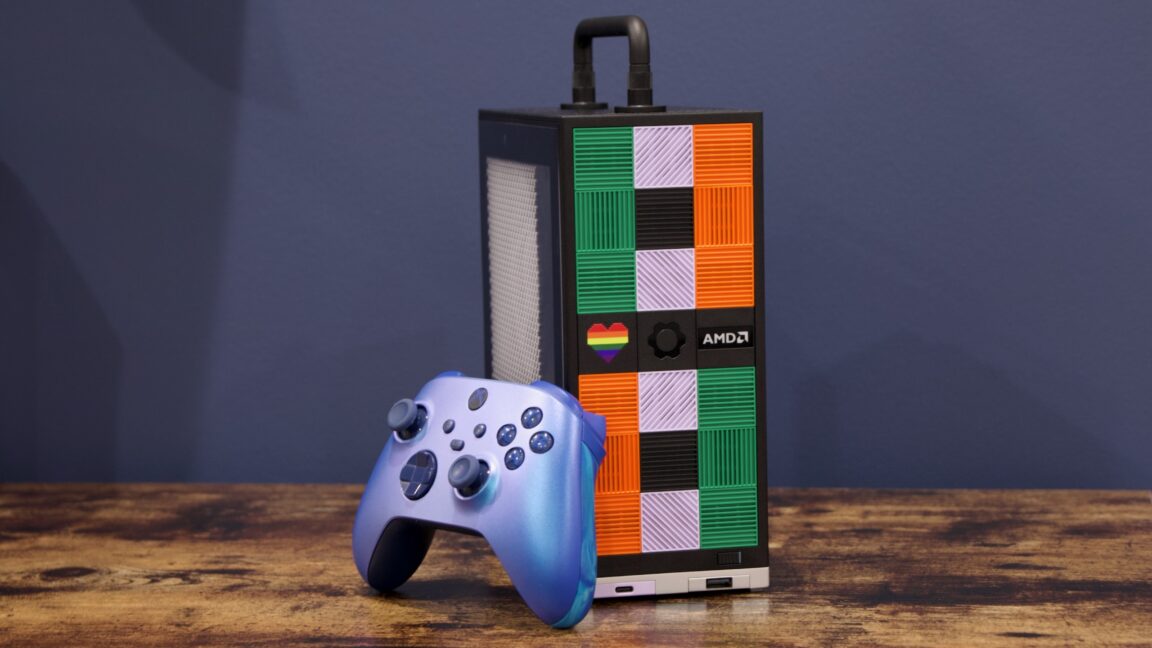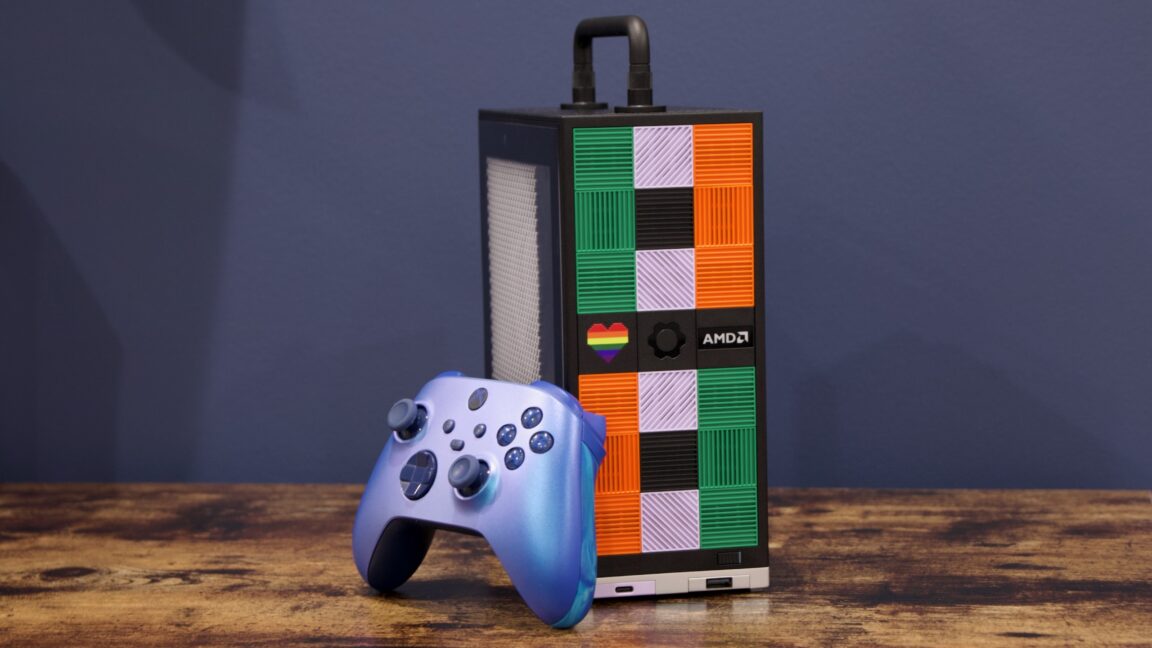Review: Framework Desktop — A Cross Between Traditional PCs and Mac Studio

Framework is renowned for its dedication to modular, upgradeable laptops, notably with its Framework Laptop series. Through consistent iterations of its Framework Laptop 13 over five years, users can upgrade the system by purchasing new components like motherboards and RAM directly from Framework's site. This convenience allows significant performance boosts without major overhauls.
The newly launched Framework Desktop sets the brand into uncharted territory, merging functionalities of regular desktop PCs and the compact elegance of the Mac Studio. However, it paradoxically offers less modularity and upgradability than its laptop counterparts and self-built PCs.
Despite reduced modularity, the Framework Desktop is a more appealing buy compared to peculiar mini desktops with AMD’s Ryzen AI Max, boasting consideration towards PC industry standards. Yet, it raises the age-old mini PC query: are you willing to sacrifice performance for compact size?
Design and Assembly
The Framework Desktop arrives meticulously packed in all-recyclable cardboard. The assembly process is user-friendly, with pre-installed heatsinks and pre-connected internal cables, simplifying setup even in its DIY Edition. Users simply need to install an SSD and a fan of their choice, showcasing the interior's ease of access.
Andrew Cunningham
The deployment involves removing the heat spreader, installing an SSD, and joining various components, which serves as a practical introduction to the system's assembly. A secondary M.2 slot and Wi-Fi/Bluetooth module are accessible from an additional panel.
The DIY ethos remains as users can connect the CPU fan through exposed headers, with overall designs allowing for easy component swaps.
Framework’s Commitment to Standards
The Framework Desktop adheres strictly to industry standards, a noteworthy trait differentiating it from many mini PCs. It employs a FlexATX standard power supply and a 120mm CPU-based fan, ensuring flexibility in hardware replacements.
Although the CPU, GPU, and RAM remain non-upgradeable, the system supports standard fan headers and allows for motherboard swaps, promising a semblance of upgradability.
Form Factor and Material
Framework’s interior design utilizes sturdy metal with a focus on accessibility. Externally, however, it dips into less durable plastics and acrylic, which pales in comparison to premium metal casings found in rival systems. This choice, while functional with customizable front panel tiles, compromises the aesthetic appeal.
Andrew Cunningham
The design allows tile rearrangement for varying airflow needs, or aesthetic adjustment, backed by Framework’s support for 3D-printed customizations.
Performance and Efficiency
Equipped with AMD’s 16-core Ryzen AI Max+395, the system provides robust performance within a compact design. While limited by a total TDP of 120W, it efficiently manages multi-core workloads though experiencing throttling during intensive tasks.
Graphically, the desktop utilizes the Radeon 8060S integrated GPU, robust for an integrated solution though still outperformed by discrete GPUs within its price range. This GPU supports AI and ML tasks efficiently, leveraging its abundant unified memory setup.
Andrew Cunningham
Beyond gaming, Framework advertises this setup’s potential in local AI deployments, despite lacking Nvidia compatibility which limits some advanced graphics applications.
A Distinct Product Offering
The Framework Desktop uniquely positions itself between traditional desktops and compact solutions like the Mac Studio. It caters to users with limited space needs, providing a balance between customization potential and immediate utility. Yet, its appeal to tech enthusiasts is blunted by soldered components restricting long-term upgradability.
Pros
- Great performance with efficient power use.
- Superior integrated GPU performance for its class.
- Ample RAM pool beneficial for AI tasks.
- Easy-to-assemble, leveraging industry standards.
- Fun and functional front tile customization.
Cons
- Performance throttles under high power draw.
- Plastic exterior lacks premium feel.
- Soldered RAM limits upgradability.



